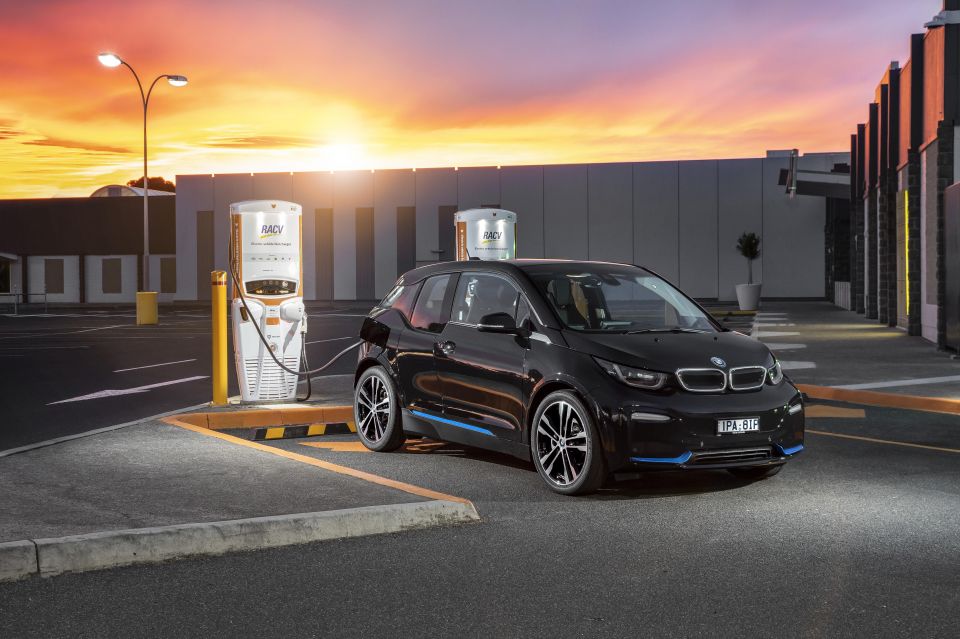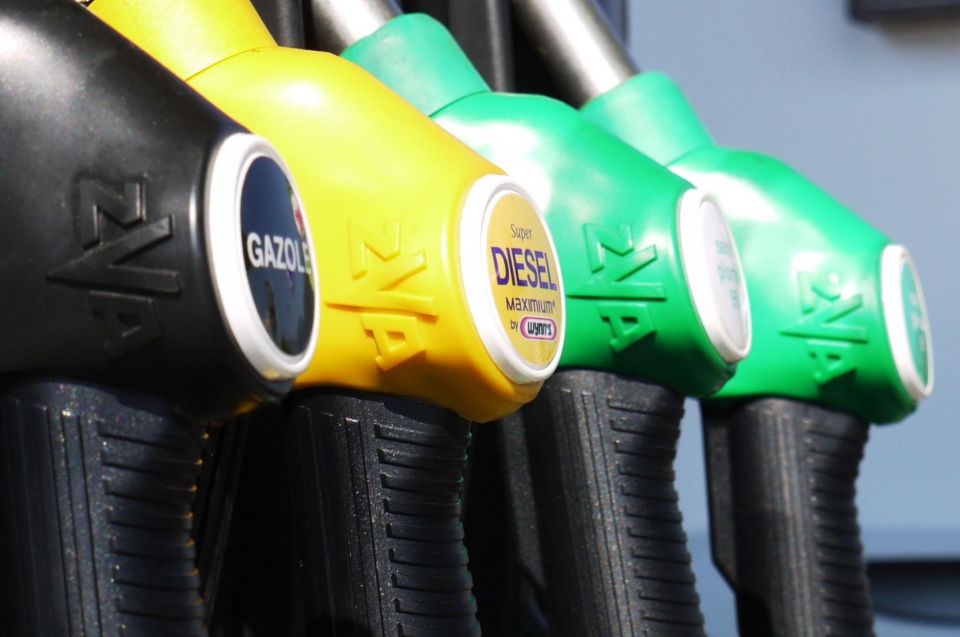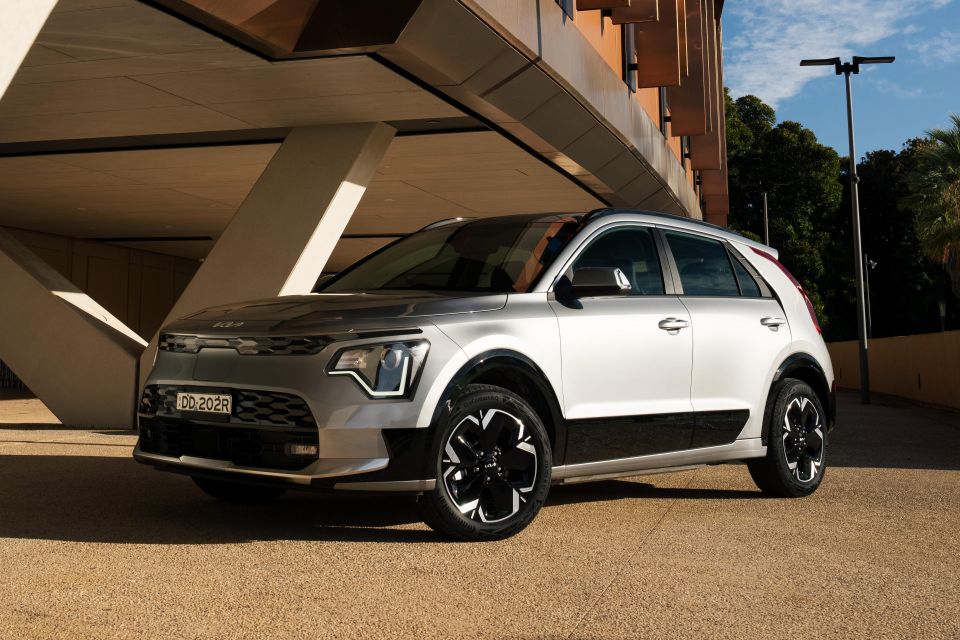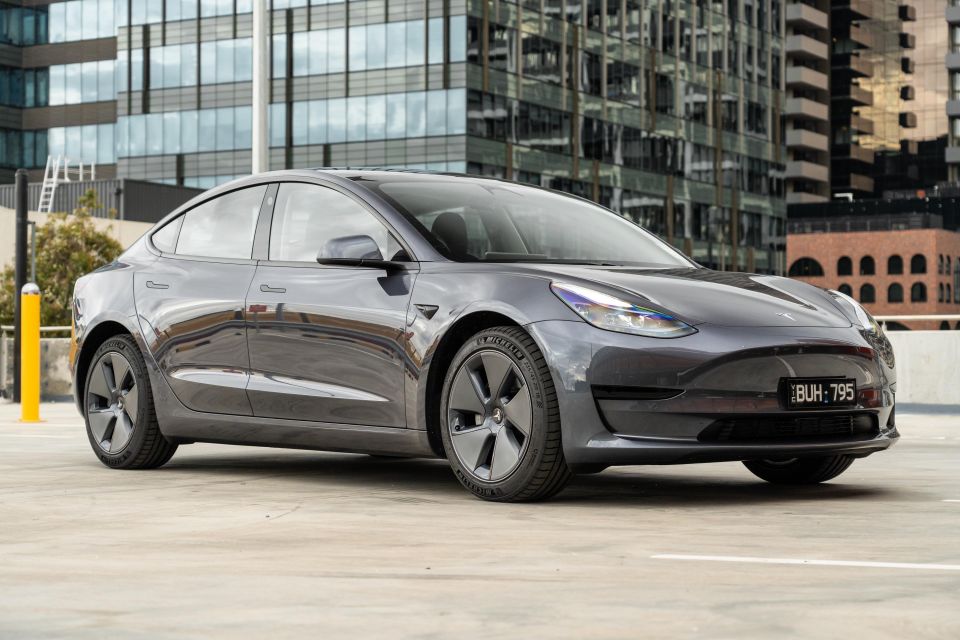

Damion Smy
China introduces “no fire, no explosion” EV battery standards
24 Minutes Ago
The peak body for car brands in Australia wants the Federal Government to introduce emissions standards, better quality fuel, and a wider charger network.

News Editor


News Editor
The peak body for car brands in Australia is calling on the Federal Government to invest in electric vehicle charging while employing policies that support a variety of low- or zero-emissions options.
The Federal Chamber of Automotive Industries (FCAI) this week published a “three-point plan” to help bring the car industry in Australia to the end goal of decarbonisation.
It has called for the Government to incentivise public, private and fleet vehicle charging and hydrogen refuelling, and to create other incentives like free parking and charging, and access to transit lanes for zero-emissions vehicles.
It also supports Government fleet procurement targets for more efficient vehicles.

The FCAI has also called on the Government to adopt an international standard of fuel quality. Australia still follows Euro 5 emissions standards, and must move to Euro 6 by July 1, 2027 – by which time Europe will have already moved onto Euro 7 regulations.
Beyond this, it also wants greater investment in the national recharging network and electricity grid to support the growing fleet of decarbonised vehicles, warning “a lack of investment has the potential to undermine the whole system”.
Its first point, which it says is the most important, is a repeat of its calls for a national emissions reduction target, something we’ve heard from the FCAI before along with myriad car brands.
In lieu, the car brands have already signed on to the FCAI’s voluntary CO2 Emissions Standard, serving as a template.

The FCAI has called for the Government to allow a mix of hybrid, plug-in hybrid, battery-electric, hydrogen, and “efficient internal combustion” engines.
“Once the target is set, FCAI members are well placed to provide the technology mix needed to reach it,” claims FCAI chief executive Tony Weber.
“The ultimate goal is a fully decarbonised car fleet, but to get there a mix of hybrid, plug-in hybrid, battery electric and efficient internal combustion engine vehicles will be needed.
“An emissions reduction target complemented by incentives will help move our nation up the global vehicle supply list and ensure Australians can access the low emission vehicles they want to drive.”

The recently elected Albanese Labor Government hasn’t expressed support for one technology to the exclusion of all others, echoing the FCAI’s stance in this respect.
It has put a bill before the Australian Parliament to enact promises it made during the election campaign.
The legislation (called a Treasury Laws Amendment) exempts low-emissions cars from fringe benefits tax (FBT), potentially saving employers and private vehicle operators thousands.
This proposed ongoing FBT exemption will apply to battery electric cars (BEV), hydrogen fuel-cell electric cars (FCEV), and plug-in hybrid electric (PHEV) cars, and will be reviewed after three years, the government says.

To qualify, the low-emissions vehicle must have a first retail price below the current relevant luxury car tax threshold of $84,916 (for 2022-23), and have been first made available for use on or after July 1 of this year – meaning the legislation will be backdated.
Beyond this bill, the incumbent Labor Government also intends to remove the current 5.0 per cent import tariff for eligible EVs that aren’t already subject to a free-trade agreement – meaning vehicles supplied from Europe.
The Labor Party also took to the election a $500 million proposal that would see it expand the number of electric vehicle chargers, with a national network of stations at “an average interval of 150km on major roads”.
This aspect of Labor’s wider plan is said to involve $39.3 million in federal taxpayer money, matched by the NRMA, and will furthermore “involve partnerships with State, Territory and local Governments, communities, industry and other state motoring clubs”.

Once finished, the ALP says its promised charging network would, for example, allow EV drivers to hypothetically go from: Adelaide to Perth across the Nullarbor; Darwin to Broome and on to Perth; Broken Hill to Adelaide; Port Augusta to Darwin; and Brisbane to Mt Isa and on to Tennant Creek.
Beyond this, Federal Labor says it will work with the States and Territories to create “a national Hydrogen Highways refuelling network”, with an investment of “up to $80 million” to deliver up to 16 stations on Australia’s busiest freight routes.
The newly elected Labor Government hasn’t, however, announced plans for a Federal emissions standard, nor has it proposed a cut-off for sales of combustion-powered vehicles despite countries like the UK having done so.
Like the former Morrison Liberal Government, it also hasn’t expressed support for direct subsidies for electric vehicles. Multiple States and Territories have picked up the slack over the past couple of years with incentives of their own.
MORE: Australia’s dirty fuel – and when it’ll get cleaner MORE: 2021 FCAI Australian car CO2 report: Slight reductions, behind target MORE: Australian Government EV discount bill enters parliament MORE: Why the car lobby wants more CO2 regulation from new government MORE: Car brands want PM Albanese to legislate CO2 reduction scheme MORE: What electric car buyer incentives are offered across Australia?
William Stopford is an automotive journalist with a passion for mainstream cars, automotive history and overseas auto markets.


Damion Smy
24 Minutes Ago


Damion Smy
2 Hours Ago


Matt Robinson
5 Hours Ago


Damion Smy
5 Hours Ago


Damion Smy
19 Hours Ago


Damion Smy
20 Hours Ago